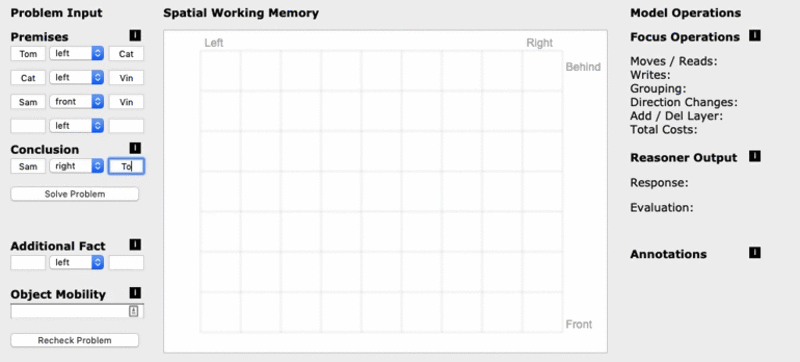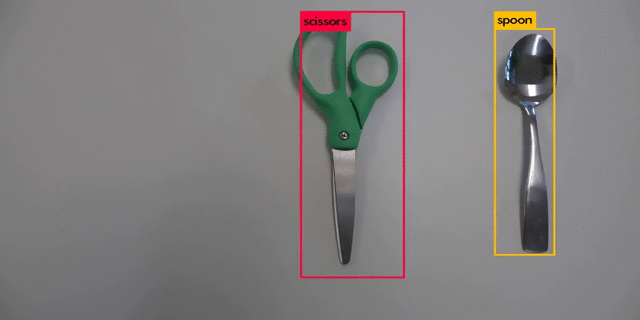Spatial reasoning
Adapted from the abstract for Knauff (2013).
Many scholars believe that visual mental imagery plays a key role in reasoning. Ruth Byrne, Markus Knauff, Marco Ragni, Phil Johnson-Laird, and their many collaborators argue against this view, proposing that visual images are not relevant for reasoning and can even impede the process. They also argue against the claim that human thinking is solely based on abstract symbols and is completely embedded in language. They proposes a third way to think about human reasoning that relies on supramodal spatial layout models, which are more abstract than pictorial images and more concrete than linguistic representations. They argues that these spatial layout models are at the heart of human thought, even thought about nonspatial relations in the world.
For these researchers, the visual images that we so often associate with reasoning are only in the foreground of conscious experience. Behind the images, the actual logical work is carried out by reasoning-specific operations on these spatial layout models. The scientists also offer a solution to the problem of indeterminacy in human reasoning, introducing the notion of a preferred layout model, which is one layout model among others that has the best chance of being mentally constructed and thus guides the further process of thought. The functional, the algorithmic, and the implementational levels of analysis are corroborated by psychological experiments, functional brain imaging, and computational modeling.
The theory has real-world consequences: education that emphasizes spatial cognition can improve reasoning in general. In a groundbreaking study, Rob Cortes led a team that investigated and validated the model theory’s prediction for high school students in Virginia.
Investigators
Kay Alfred, Ruth Byrne, Rob Cortes, Adam Green, Phil Johnson-Laird, Sangeet Khemlani, Markus Knauff, Robert Mackiewicz, Marco Ragni
Recent papers
- Byrne, R. M., & Johnson-Laird, P. N. (1989). Spatial reasoning. Journal of Memory and Language, 28, 564-575.
- Cortes, R. et al. (2022). Transfer from spatial education to verbal reasoning and prediction of transfer from learning-related neural change. Science Advances, 8, eabo3555.
- Knauff, M. (2013). Space to reason: A spatial theory of human thought. MIT Press.
- Knauff, M., & Johnson-Laird, P.N. (2002). Visual imagery can impede reasoning. Memory & Cognition, 30, 363-371.
- Ragni, M., & Knauff, M. (2013). A theory and a computational model of spatial reasoning with preferred mental models. Psychological Review, 120.

